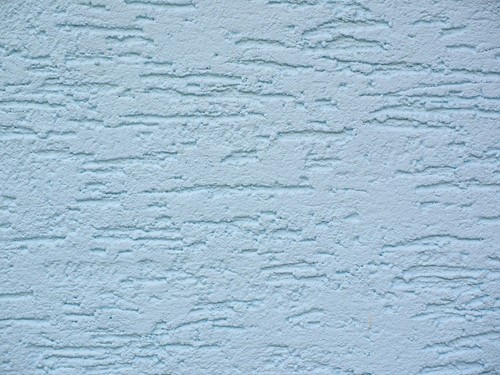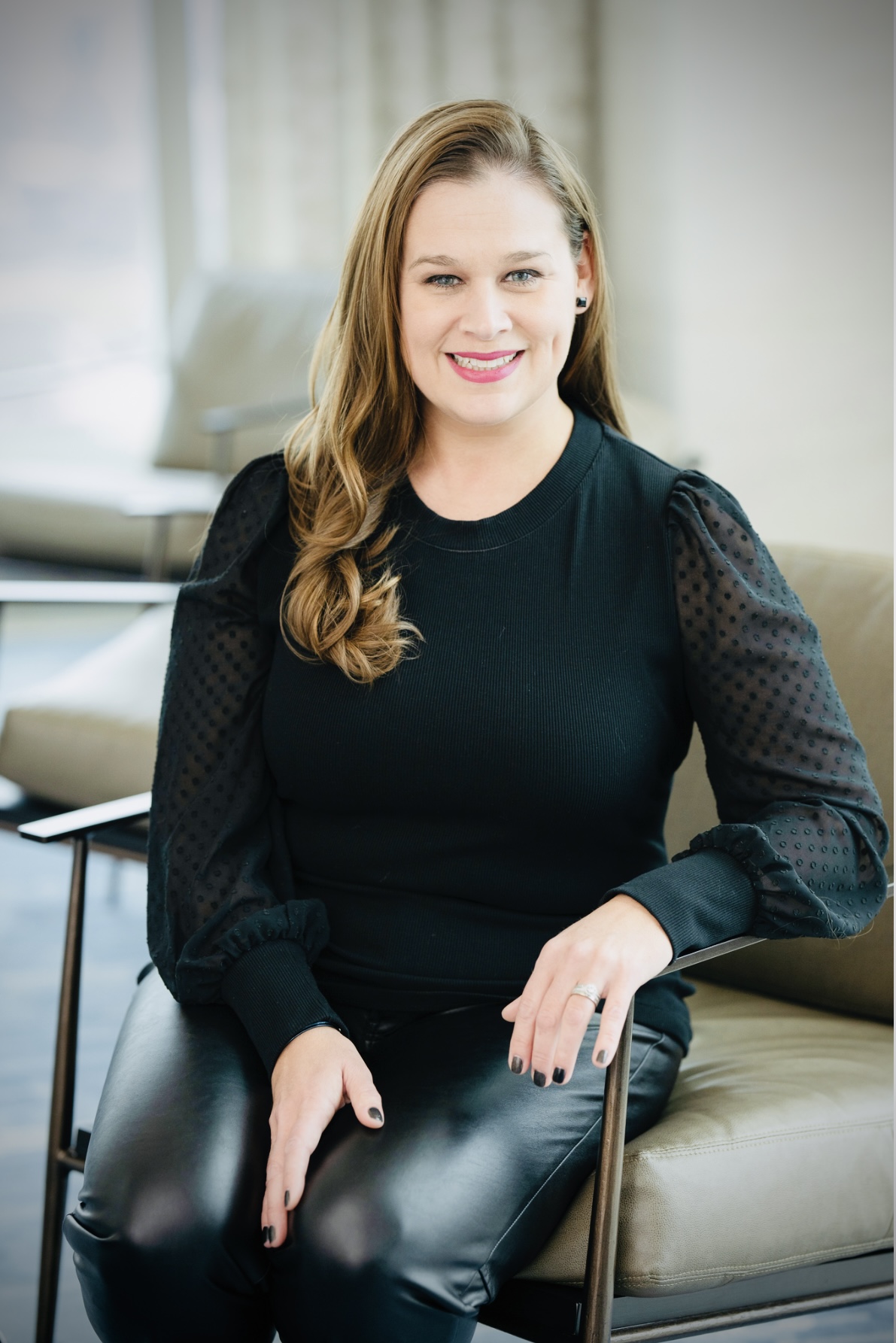
People who harbor a sneaking suspicion they're paying too much in heating and cooling expenses are often on to something. Under-insulated attics alone can reportedly increase utility bills by as much as 25 percent. If you identify any of the following telltale signs, consider new insulation.
Imagine sitting by an open window as the sun goes down. The outdoor temperature usually dips as the warming rays of the sun disappear. People typically feel the warm breeze flowing through the window turn cool after dusk. If you feel similar temperature fluctuations inside the living space with the windows shut, it’s highly likely your insulation isn’t getting the job done.
When people insist on wearing slippers to walk around the house because their feet are too cold, that’s a sign of poor or no insulation. If you take a moment and review the joists under the floorboards, the batts of pink or yellow insulation should be secured in place. It’s not uncommon for age and moisture to take a toll and cause the fiberglass rolls to droop. If the product is not outdated, consider stapling it back in place and covering it with a protective covering, such as house wrap. This will probably prolong the insulation’s usefulness and eliminate drafts.
Like cold floors, walls require a layer of insulation between the interior drywall and exterior siding to prevent energy loss. Just like the insulation under floors, wall insulation also sags. When this occurs, gaps appear inside the wall that homeowners cannot see. If wall temperatures rise and fall with outdoor conditions, you probably need new or additional insulation. One solution to avoiding tearing down walls involves blown cellulose or spray foam insulation. A professional can drill small holes between framing studs, add materials and then repair the holes.
Along with these indicators, drafts are almost always a sign of air penetrations. If you are experiencing high energy bills and suspect faulty insulation, check for telltale signs and consult with an insulation professional.

Stephanie Englund Siegel is a successful Realtor with Compass. She was born and raised in the Northwest suburbs of Chicago. Living in the city for over almost 20 years has given Stephanie the in depth knowledge of many neighborhoods. Stephanie feels that Chicago's culturally diverse residents are what contribute to the richness and quality of life in its neighborhoods. Before joining the Compass Family, she worked as a paralegal for a real estate attorney which gave her the knowledge about every step in a transaction. From the very beginning of the process all the way to the end, Stephanie is dedicated to her clients and the success of the transaction so both parties get a win-win. Stephanie serves real estate needs in the following neighborhoods: Lincoln Park, Gold Coast, Streeterville, Loop, West Loop, South Loop, Lakeview, River north, Lincoln Square, Wrigleyville, Ravenswood, Greater Chicago area and surrounding suburbs.